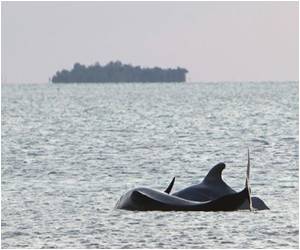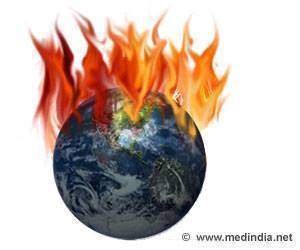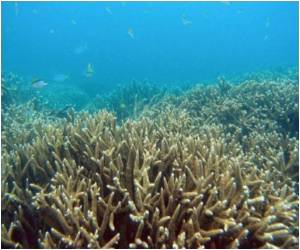A recent study says that the sea level is rising faster than expected and may cross one metre mark by the end of this century.

"What's missing from the models used to forecast sea-level rise are critical feedbacks that speed everything up," says Bill Hay, a geologist at the University of Colorado, US. The feedbacks include data on the Arctic Sea ice, the Greenland ice cap, soil moisture and groundwater mining.
"There is an Arctic Sea ice connection," says Hay, adding that melting sea ice -- which is already in the ocean -- does not itself raise sea level. Instead, it plays a role in the overall warming of the Arctic, which leads to ice losses in nearby Greenland and northern Canada.
When sea ice melts, Hay explains, there is an oceanographic effect of releasing more fresh water from the Arctic, which is then replaced by inflows of brinier, warmer water from the south, according to a Colorado statement.
"It's a big heat pump that brings heat to the Arctic but that's not in any of the models," says the geologist.
The warmer water pushes the Arctic toward more ice-free waters, which absorb sunlight rather than reflect it back into space like sea ice does. The more open water there is, the more heat is trapped in the Arctic waters, and the warmer things can get.
Advertisement
New data suggests that the sea-level rise in the oceans took place over a few centuries, according to Hay.
Advertisement
Another missing feedback is the groundwater being mined all over the world to mitigate droughts. That water is ultimately added to the oceans. All of these are positive feedbacks speeding up the changes in climate and sea-level rise.
Hay will be presenting some of these feedbacks on Sunday at the meeting of the Geological Society of America in Charlotte, North Carolina, US.
Source-IANS









